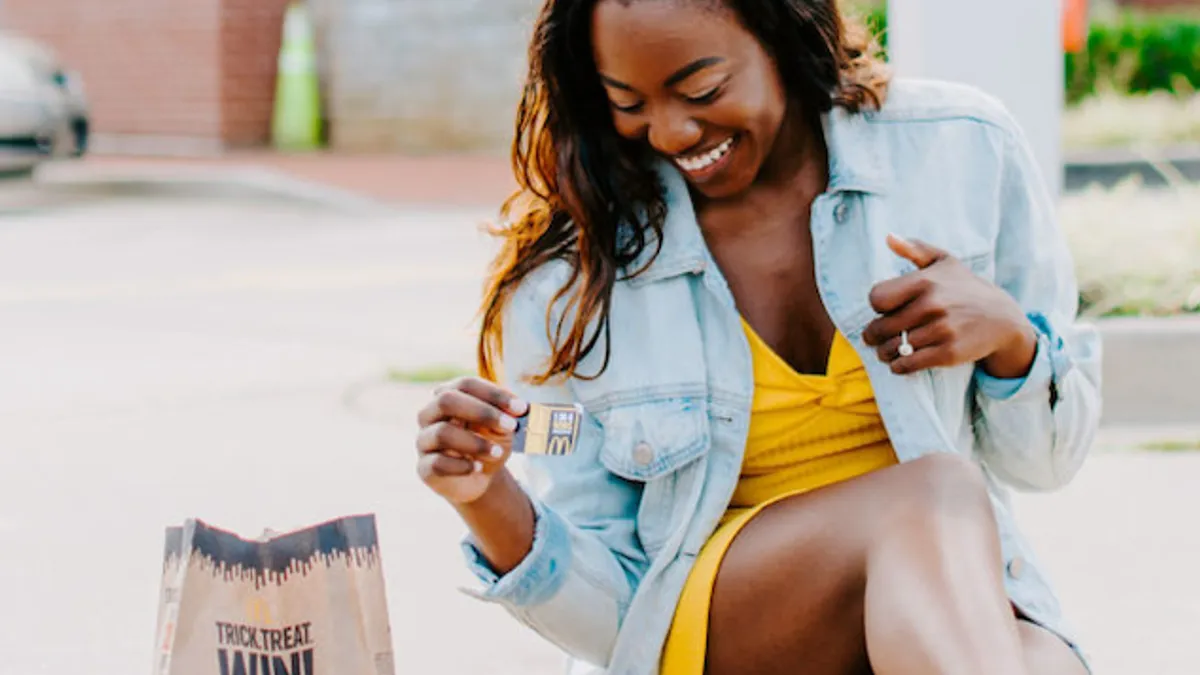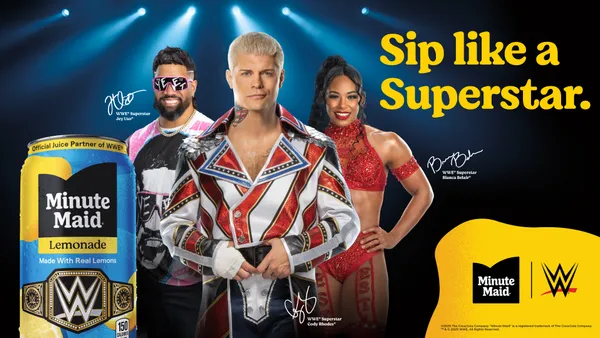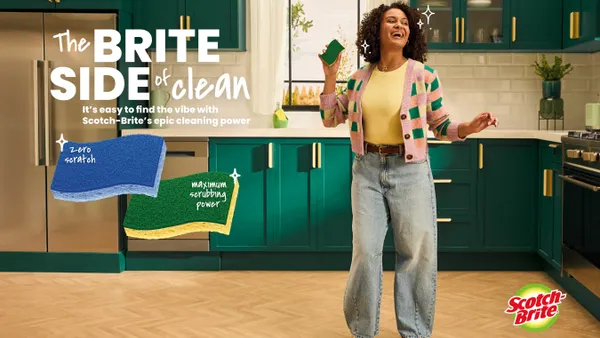Dive Brief:
- Multicultural consumers make up almost 40% of the U.S. population, but multicultural media spending is only 5.2% of total advertising and marketing spend, according to a new study by media researcher PQ Media for the Association of National Advertisers' Alliance for Inclusive and Multicultural Marketing.
- The "U.S. Multicultural Media Forecast 2019" found that spending on multicultural ads in 2018 totaled $25.9 billion. This includes $17.94 billion directed toward Hispanic Americans, $7.2 billion aimed at African Americans and $722 million directed toward Asian Americans. The report also found that multicultural marketing spend will rise 4.5% this year to just over $27 billion, with a 6.3% jump next year to $28.7 billion.
- TV ads garnered the largest share of multicultural spending in 2018, but "other advertising" was the fastest growing category, up 12.5%, thanks to a jump in esports sponsorships. Other quickly growing areas include influencer marketing, up 11.6%; branded content marketing, up 11.6%; and pure play digital advertising, up 10.1%.
Dive Insight:
Marketers continue to underspend on multicultural advertising, given that multicultural consumers comprise 40% of the population, per the report. A key takeaway is that brands must invest in culturally relevant media outlets to reach these audiences as opposed to general media. PQ Media, in a statement accompanying the report, said that culturally relevant multicultural media is important for brands that want to increase market share, because these groups — African Americans, Asian Americans and Hispanic Americans — are the "fastest-growing demographic, but they are under-represented in media buying."
The report points to digital advertising as a key opportunity for reaching multicultural consumers, with digital advertising representing only 10% of multicultural media revenue but 18% of overall media revenues. This comes despite the fact that multicultural audiences over-index the average population on use of messaging, digital video and streaming audio.
Brand activation is another opportunity for marketers, including branded and content marketing, experiential and influencer marketing. These tactics offer an opportunity for brands to engage multicultural consumers on a one-to-one basis.
The report's assessment of the digital marketing opportunity with multicultural consumers is echoed by other studies.
A Nielsen report last fall found that 52% of Hispanic-American consumers spend at least an hour a day on social media, compared to 38% of non-Hispanic whites. Hispanic Americans also share social media content five times as often as non-Hispanic whites.
A different Nielsen report, also released last fall, said 90% of African-American consumers live in a household with a smartphone, which is 6% higher than the total population. Additionally, African-American consumers are more likely to use their phones for social networking or audio/video streaming.
McDonald's is one of the brands specifically targeting African Americans, with its "Black & Positively Golden" campaign the chain rolled out in March. It's the most significant effort of its kind by the fast food chain in more than a decade. It includes a new Instagram channel called @wearegolden and ads in Essence magazine.
While the report looks at how marketers are investing their budgets in multicultural media, the ANA has previously explored the related issue of recruiting and retaining racially diverse talent, something marketers are also struggling with, in part because of a disconnect between the resources they invest in diversity initiatives and the lack of inclusiveness that diverse workers feel.














